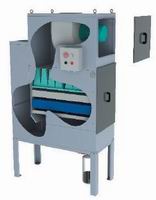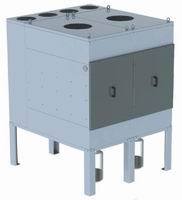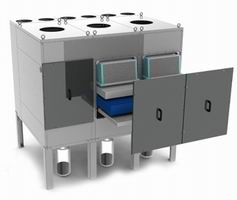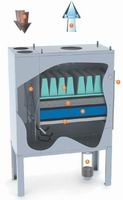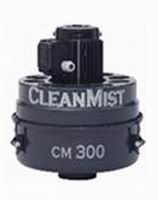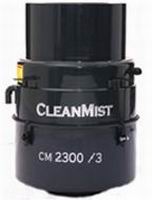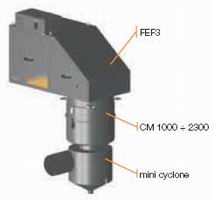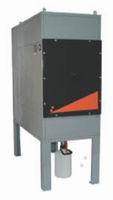Oil Mist Filters / Electrostatic Filters
.
Oil mist filters / OIL MIST
CENTRIFUGAL FILTERS FOR CLEAN MIST “CM” OIL CLOUD
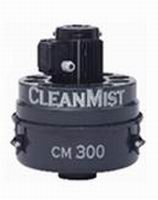
Oil mist filters are responsible for filtering, i.e. the removal of oil particles (whether in liquid form or in mist) from the air drawn in during the various treatments. A simple filter cloth could not do this removal and would immediately become useless.
The oil mist filter body consists of two parts. The screened inlet, which expels the liquids and the conical part for the correct distribution of the clouds in the rotating rotor. The oil mists and vapors are centrifuged at high speed inside the rotor, pass through the filter panels and undergo a violent liquefaction into small droplets, which are easily expelled by gravity. Fresh air is extracted from the upper side.
Air flow: 300 – 2300 m 3 /h, Fan: 0.55 – 2.2 kW
.
Central static filters to reduce oil mist
MIST COMPACT “MC”
In larger applications, central oil cloud units are used with even better results.
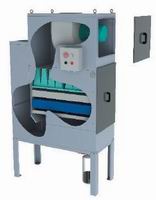
A central oil mist filter consists of modular sections in a central epoxy painted steel body. Internally, pre-filters, moisture traps, wavy filter elements and a series of rigid filter cloths – cassettes have been installed. The oil is collected in small containers. The Mist Compact filter has large doors for checking and replacing the filter elements.
Air flow: 3000 – 42000 m 3 /h
Filtering stages:
- Forced separation vestibule
- Metal prefilter
- Droplet separator (moisture trap)
- Synthetic waved filter elements G4
- Rigid elliptical bag filters F9 (cases)
.
.
Electrostatic filters
FINAL ELECTROSTATIC FILTER FEF
They are applied to products with very fine particle sizes (e.g. 40 μm).
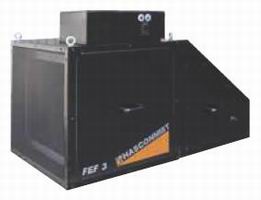
The FEF electrostatic final filter is designed as the final filtration stage for the OIL MIST oil mist filter, but it can also be used independently.
Polluted air is drawn into the filter and passes through the ionized section, where particles down to 0.03 µm receive a strong electrical charge. It then passes through a second section where the walls have the opposite charge. So the dust particles stick to the walls. The cleaning effect of this particular polluted air is spectacular.
Air flow: 2300 m 3 /h

